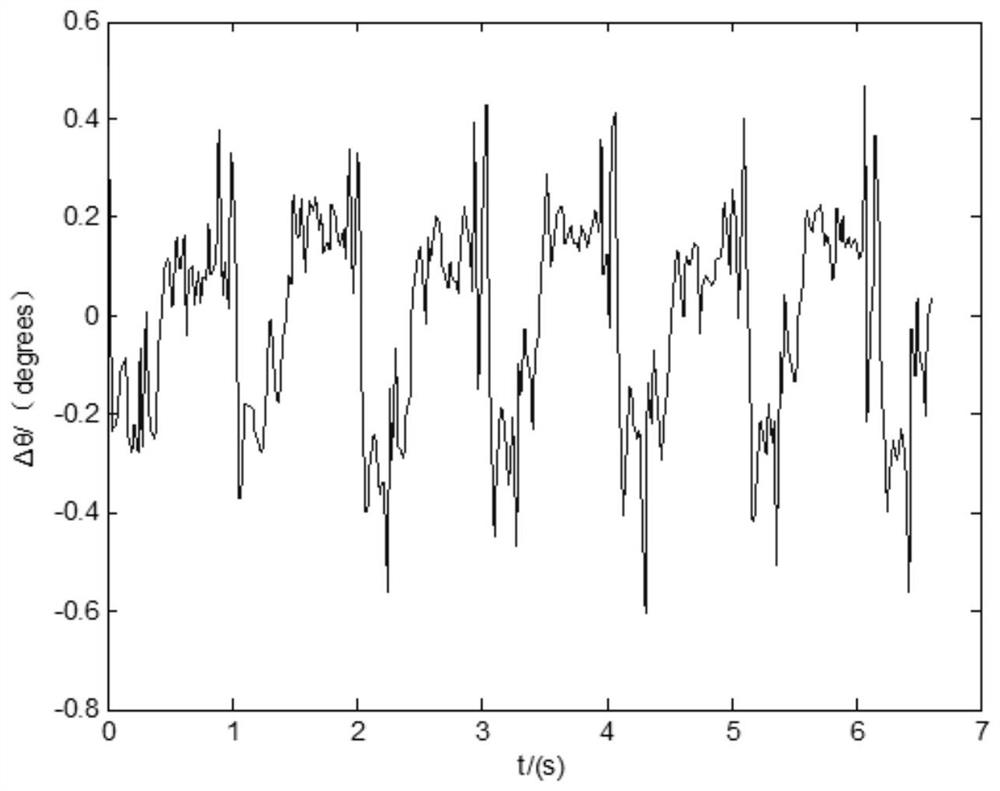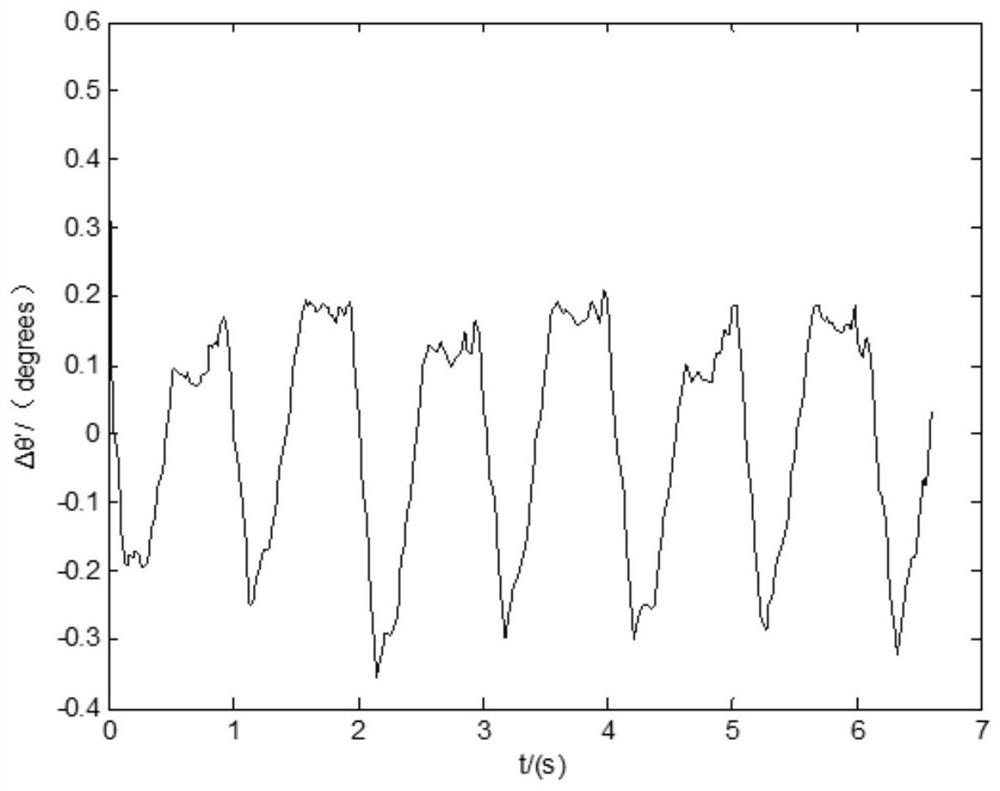System for noninvasive monitoring of cerebral blood flow
A technology of cerebral blood flow and induced current, applied in the field of non-invasive monitoring of cerebral blood flow, can solve the problems of development limitation, high detection cost, inconvenience of real-time continuous monitoring at the bedside, etc., and achieve the effect of high sensitivity
- Summary
- Abstract
- Description
- Claims
- Application Information
AI Technical Summary
Problems solved by technology
Method used
Image
Examples
Embodiment 1
[0052] see Figure 1 to Figure 5 , a system for non-invasive monitoring of cerebral blood flow, comprising a signal source, a sensor unit, a signal acquisition and processing unit and a storage unit.
[0053] The signal source sends an excitation signal to the sensor unit.
[0054] The signal source unit sends high-frequency AC sinusoidal excitation signals with a frequency range of [1MHZ, 100MHZ] to the first sensor and the second sensor respectively through the power divider.
[0055] The sensor unit includes a first sensor and a second sensor.
[0056] The second sensor is placed at the pterional point on the right side of the skull.
[0057] The sensor includes an exciting coil and a receiving coil. The excitation coil is located outside and is used for receiving excitation signals. The receiving coil is located inside and is used for receiving secondary magnetic field signals.
[0058] The sensors are flat PCB coils of the same specification.
[0059] The first sens...
Embodiment 2
[0090] A non-contact cerebral blood flow detection system based on magnetic induction, including an AC signal source unit, which can provide 1-100MHZ high-frequency AC sinusoidal signals for generating two-way excitation signals to the sensor unit to generate excitation magnetic fields and reference signals to signal acquisition with processing unit. The original signal of cerebral blood flow is obtained in the storage unit, and then processed by wavelet analysis, smoothing, and cubic spline interpolation to remove the baseline signal to obtain the cerebral blood flow signal.
[0091] 1) The sensor unit includes: the outside of a single sensor is an excitation coil, and the inside is a coaxial receiving coil. The excitation source provides 1-100MHZ high-frequency AC sinusoidal signals and enters the excitation coils of No. 1 and No. 2 sensors respectively through the power divider to generate alternating excitation magnetic fields. The excitation magnetic field signals are tra...
PUM
 Login to View More
Login to View More Abstract
Description
Claims
Application Information
 Login to View More
Login to View More - R&D
- Intellectual Property
- Life Sciences
- Materials
- Tech Scout
- Unparalleled Data Quality
- Higher Quality Content
- 60% Fewer Hallucinations
Browse by: Latest US Patents, China's latest patents, Technical Efficacy Thesaurus, Application Domain, Technology Topic, Popular Technical Reports.
© 2025 PatSnap. All rights reserved.Legal|Privacy policy|Modern Slavery Act Transparency Statement|Sitemap|About US| Contact US: help@patsnap.com



